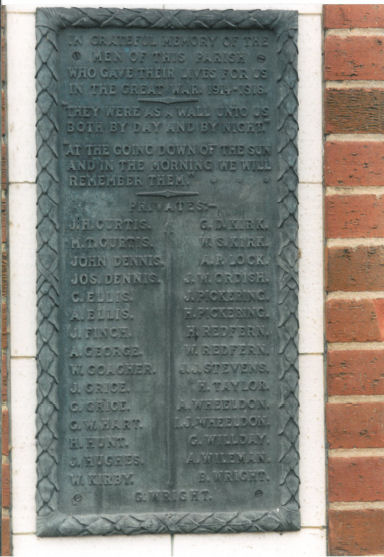
Moreover, he appears to have been disinherited according to Dugdale, Robert’s son-in-law, Peter de Mora, inherited most of the estate in that year.

If these Roberts are the same person then, in 1196, he was stripped of his knighthood. This Robert of Harbury is also mentioned in the Feet of Fines. Although this may indicate his death, Planche discovered evidence that Robert Fitz Odo was still alive in 1203, as Dugdale records a Robert Fitz Odo in nearby Harbury in that year.

Robert could therefore have been known simply as Robert Odo, or Robert Ode during his lifetime, and he was living in Loxley.Īccording to the contemporary Curia Register (Register of Arms) he was no longer a knight in 1196. Sometimes an individual might drop the ‘Fitz’ part of the name, as it could draw attention to the fact that his line of descent was not legitimate, and he might therefore have no legal claim to titles or estates. Using the name Fitz was not considered belittling, but an indication that the claimant had noble blood. The Fitz Odos, seem to have been descended from Bishop Odo, William the Conqueror’s half-brother, who died in 1097. The word Fitz means ‘illegitimate son of’ and, in the early Norman period, many nobles continued to incorporate the affix to show their descent from some famous or landed figure. In the contemporary Book of Fees Robert Fitz Odo, knight of Loxley Manor, is recorded as selling 120 acres of his land to the canons of Kenilworth in the late twelfth century. The name is not only recorded in Dugdale’s Baronage of 1675, but also appears in the Book of Fees, the deeds from the priory of nearby Kenilworth. Planche believed that Robert Fitz Odo, lord of Loxley Manor from the reign of Henry II until 1196, was the original Robin Hood. This family apparently became lords of Loxley, a village in Warwickshire. Planche believed that Stukeley had confused the name Fitzooth with Fitzodo, a family which appears in Dugdale’s Baronage. Planche published his paper, A Ramble with Robin Hood, in 1864. In his book The Quest for Robin Hood, (1987) Jim Lees used Stukeley’s pedigree to connect Robin Hood with Robert de Kyme, a knight who was outlawed in 1226 and again in 1265, after the battle of Evesham.ġ. Ritson also followed the Sloan manuscript with his statement, ‘Robin Hood was born at Locksley in the county of Nottingham in the reign of king Henry the second, and about the year of Christ 1160’. He is frequently stiled, and commonly reputed to have been earl of Huntingdon’. In 1795 Joseph Ritson in his Robin Hood, followed Stukeley, he writes ‘His extraction was noble, and his true name Robert Fitzooth, which vulgar pronunciation easily corrupted into Robin Hood. Stukeley also had the Fitzooths as lord of Kime, their pedigree is well established, but the family of Fitzooth has never been traced. (1) This was the result of confused information he had obtained from William Dugdale’s Baronage of 1675, itself not completely accurate.


In 1746 Dr William Stukeley produced a false pedigree or family tree, in which he indicated that Robert Fitzooth was commonly called Robin Hood, pretended earl of Huntington.


 0 kommentar(er)
0 kommentar(er)
